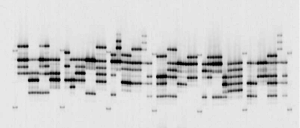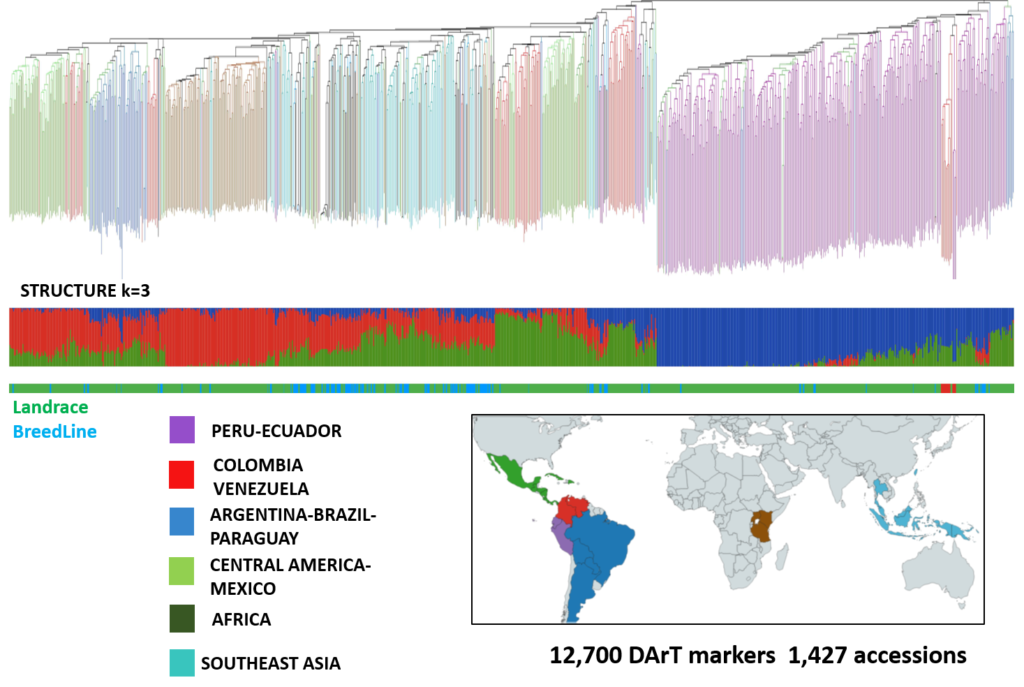Cultivated Sweetpotato Germplasm Collection
Sweetpotato is the seventh most important food crop, in terms of production, in the world. Sweetpotato is grown mainly in developing countries with 80% of the world’s production coming from Asia, about 15% in Africa, and only 5% from the rest of the world. Sweetpotatoes rank as one of the healthiest vegetables, because of high levels of Vitamins A and C, iron, potassium, and fiber and contains thiamin (B1), riboflavin (B2) and pantothenic acid. Beta carotene is the most abundant pigment (provitamin A) in orange flesh sweetpotato varieties which is important in countries where they were introduced to combat vitamin A deficiency in children (CIP scientist won the world food prize for their work with orange flesh sweetpotato). Purple fleshed sweetpotatoes are a rich source of anthocyanins, which have medicinal value as anti-oxidants and cancer preventing agents.
The International Potato Center (CIP) maintains one of the world’s largest cultivated sweetpotato genebanks with over 5,500 accessions maintained in vitro. The overall objective is to conserve the diversity in the collection and make it available to the global community for research, breeding, and training.
Molecular characterization of sweetpotato
The genetic diversity maintained in the genebank is well characterized enabling better use and targeted selection and use of material by breeders, molecular biologists, taxonomists, and other germplasm users.
Currently a highly informative and user-friendly set of 20 SSR primers, which covers most of the sweetpotato genome, has been selected and is used to fingerprint accessions, assess diversity and aid in phylogenetic studies.
These SSR fingerprints provide a molecular ID for the accessions for in house quality management as well as for scientific investigations. One example of their use in genebank management has been the confirmation of identity of the in vitro collection by comparison of SSR fingerprints with material maintained from the originally collected samples.

Molecular fingerprint of sweetpotato using SSRs. The band pattern corresponds to SSR locus IBS11.
DArTseq markers
High-density marker genotyping has also been done for the cultivated sweetpotato collection using DArTseq. Presently over 50,000 markers per accession are being scored and used to study the diversity in the collection.

Dendogram showing relatedness based on country of origin of sweetpotato (I. batatas) based on DArTseq markers.
Collaboration with La Buena Esperanza school
Combat malnutrition and childhood anemia through consumption of sweetpotato.


